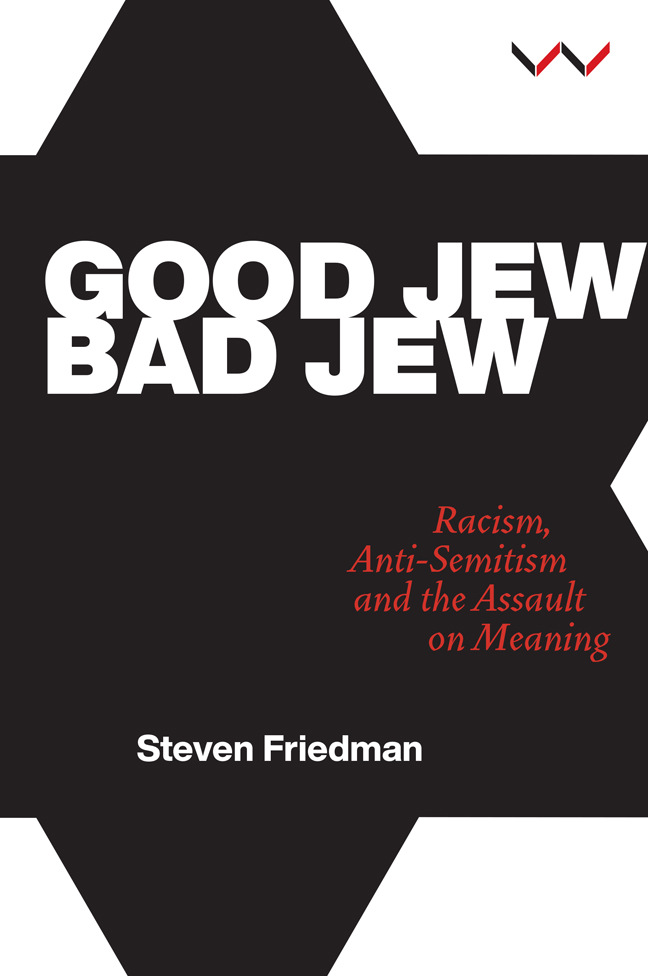Book contents
- Frontmatter
- Contents
- Acknowledgements
- Introduction: The Tenacity of Race Bias
- Chapter 1 Turning Anti-Semitism on its Head
- Chapter 2 Making ‘Good Jews’ White and European
- Chapter 3 What Anti-Semitism Really Is
- Chapter 4 The Israeli State as a ‘Cure’ for Anti-Racism
- Chapter 5 Zionism as an Escape from Jewishness
- Chapter 6 Mimicking the Oppressor
- Chapter 7 Two Religions and the Nightmare the West Created
- Chapter 8 Colonising Anti-Racism
- Conclusion: The ‘New Anti-Semitism’ and Politics Today
- Notes
- Bibliography
- Index
Chapter 8 - Colonising Anti-Racism
Published online by Cambridge University Press: 02 March 2024
- Frontmatter
- Contents
- Acknowledgements
- Introduction: The Tenacity of Race Bias
- Chapter 1 Turning Anti-Semitism on its Head
- Chapter 2 Making ‘Good Jews’ White and European
- Chapter 3 What Anti-Semitism Really Is
- Chapter 4 The Israeli State as a ‘Cure’ for Anti-Racism
- Chapter 5 Zionism as an Escape from Jewishness
- Chapter 6 Mimicking the Oppressor
- Chapter 7 Two Religions and the Nightmare the West Created
- Chapter 8 Colonising Anti-Racism
- Conclusion: The ‘New Anti-Semitism’ and Politics Today
- Notes
- Bibliography
- Index
Summary
The new abuses of anti-Semitism shed important light on racial dynamics in much of the world. In South Africa, despite claims on both the left and the right that race is a fiction manipulated by economic power holders or attention-seeking activists (depending on your side of the ideological divide), it continues to be the society’s chief fault line and the core factor in most of its conflicts. The manipulation of anti-Semitism in the service of an ethnic nationalist state that defines itself in racist terms has important lessons for the state of race in the world in general, and in South Africa in particular.
THE ART OF VICTIM BLAMING
The most important focus of our analysis has been the way in which allegations of racism have been used, ironically, to protect racism. Here the Israeli state and its admirers have no monopoly – on the contrary, they reflect a wider trend.
The white supremacy of the late nineteenth century – of which the anti- Semitism of Chamberlain discussed in chapter 3 was a prime example – was explicit in its insistence that discriminating against human beings who were not white and Christian was justified. Colonialism shared this assumption. Kipling was not an eccentric exception. The notion that a ‘superior’ group of people, defined by their race, deserves to control others, and that this would ‘civilise’ the latter societies, was a mainstream view in Europe and among those, originally from Europe, who colonised the Americas, Asia, Africa and Australia.
Not all colonisers shared Kipling’s view that the colonised could and should not be recruited into the coloniser’s ‘way of life’. The idea that, as the political philosopher Rick Turner noted, ‘“western civilisation” is … superior to other forms, but … that blacks can, through education, attain the level of western civilisation’ was a very strong theme in colonial thought. One of many examples of this attitude was the franchise rule of the British-run South African territories before 1910. Black people were allowed to vote if they had acquired a sufficient degree of ‘Westernness’, which was expressed as property ownership or formal education. But this was only another way of asserting white superiority; black people, according to this view, could become white if they tried hard enough.
- Type
- Chapter
- Information
- Good Jew, Bad JewRacism, Anti-Semitism and the Assault on Meaning, pp. 131 - 148Publisher: Wits University PressPrint publication year: 2023

